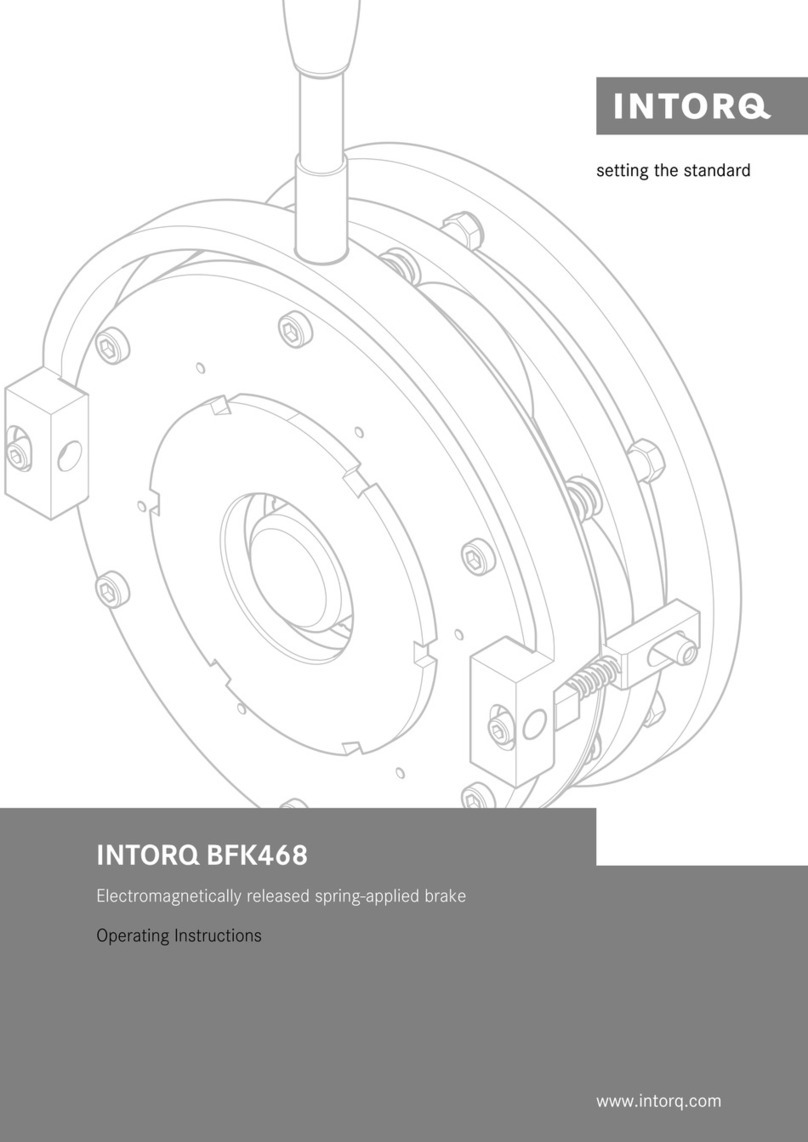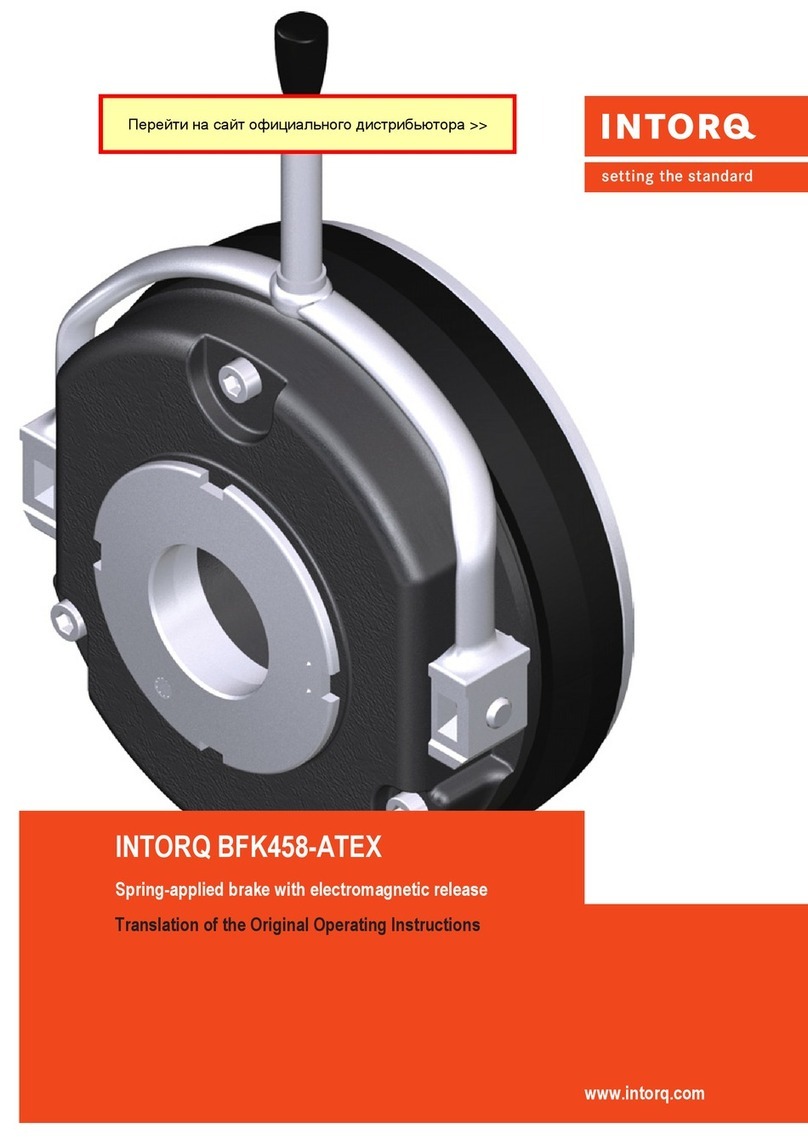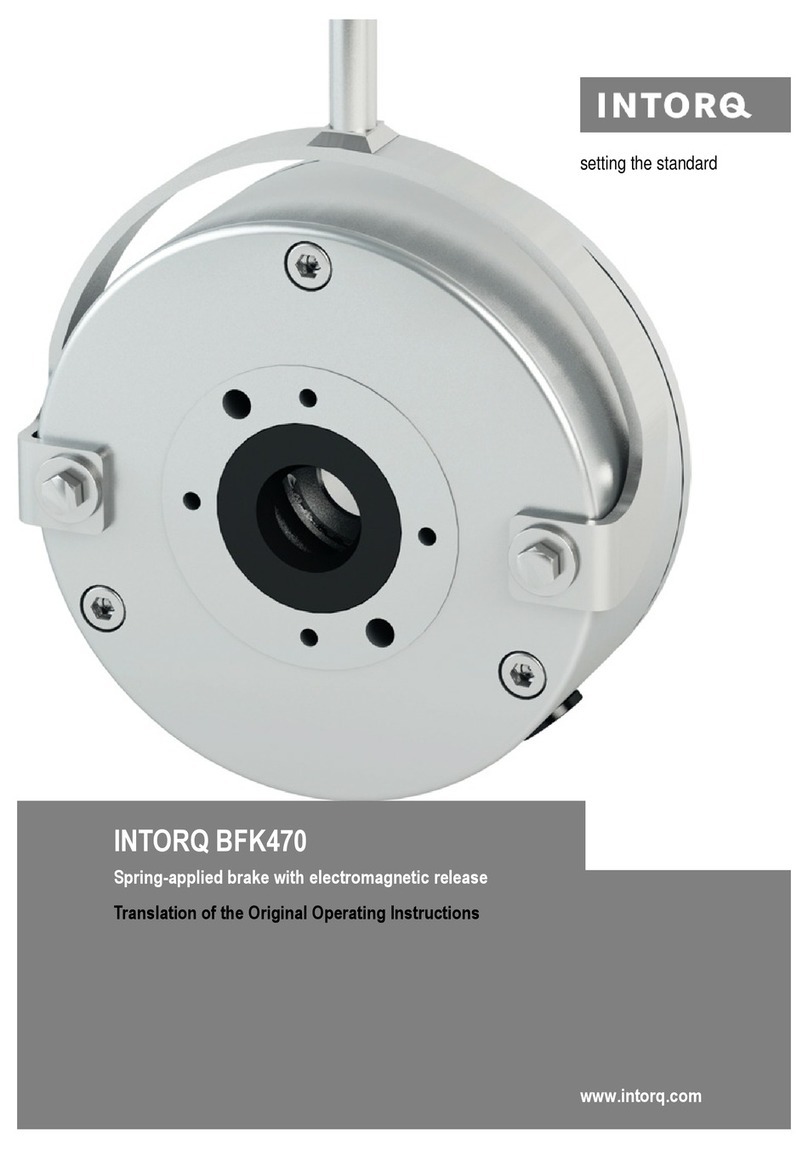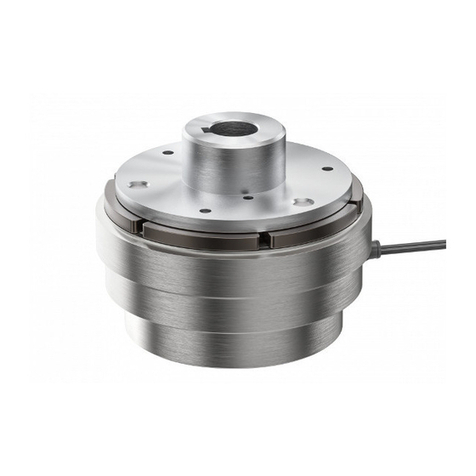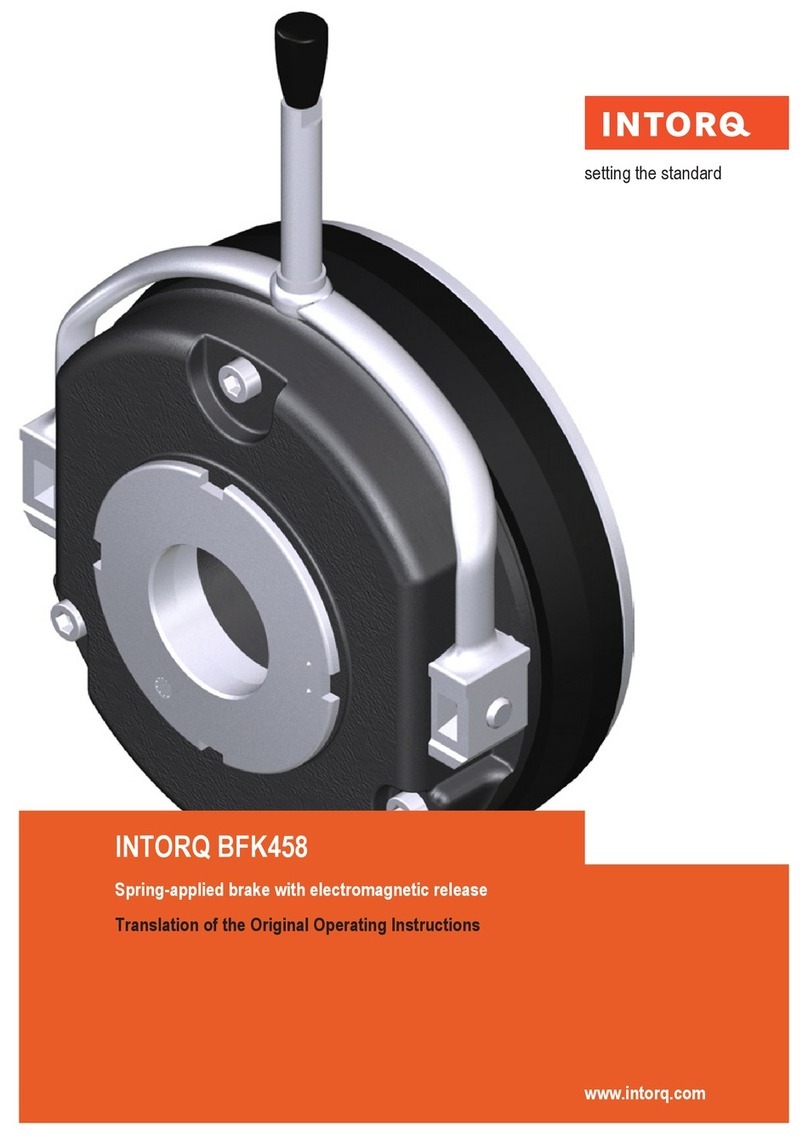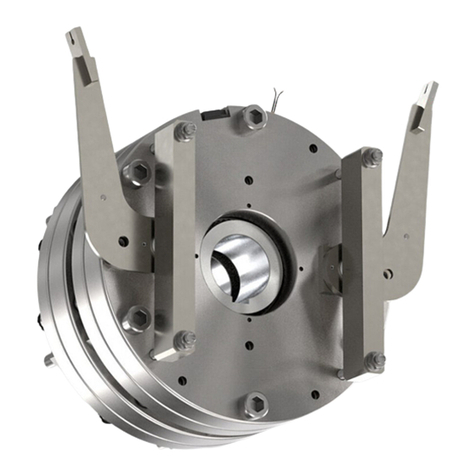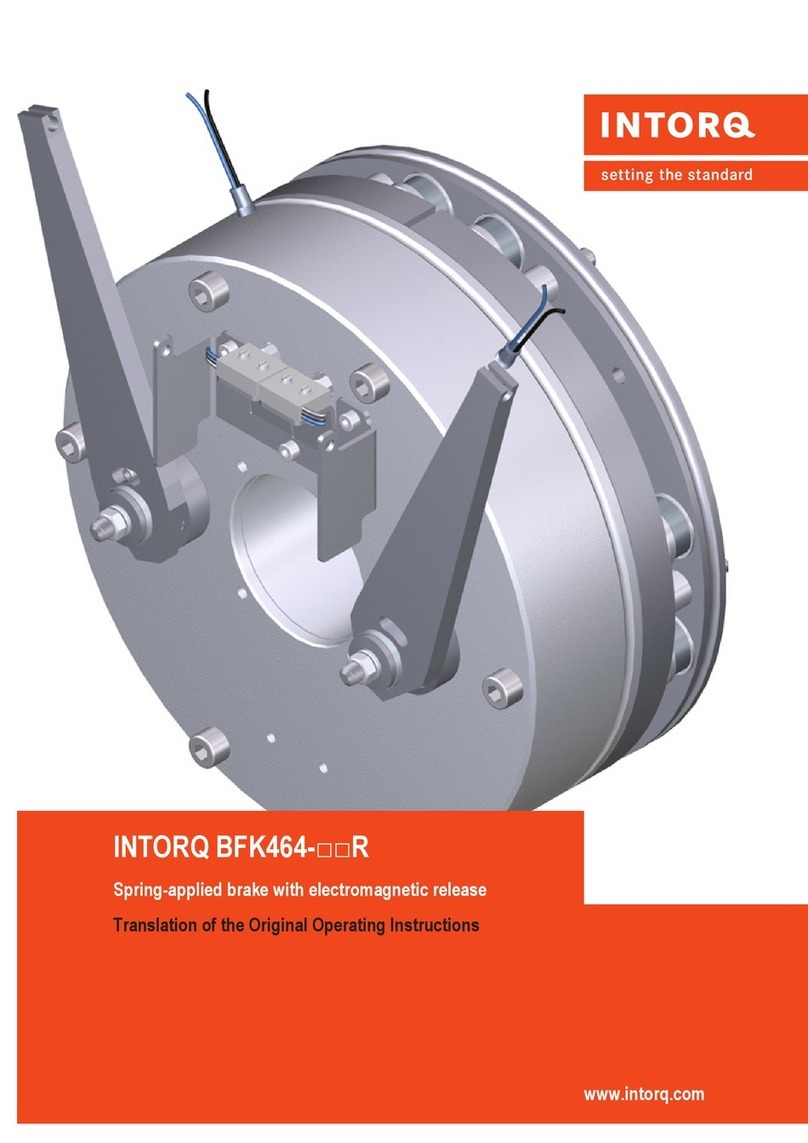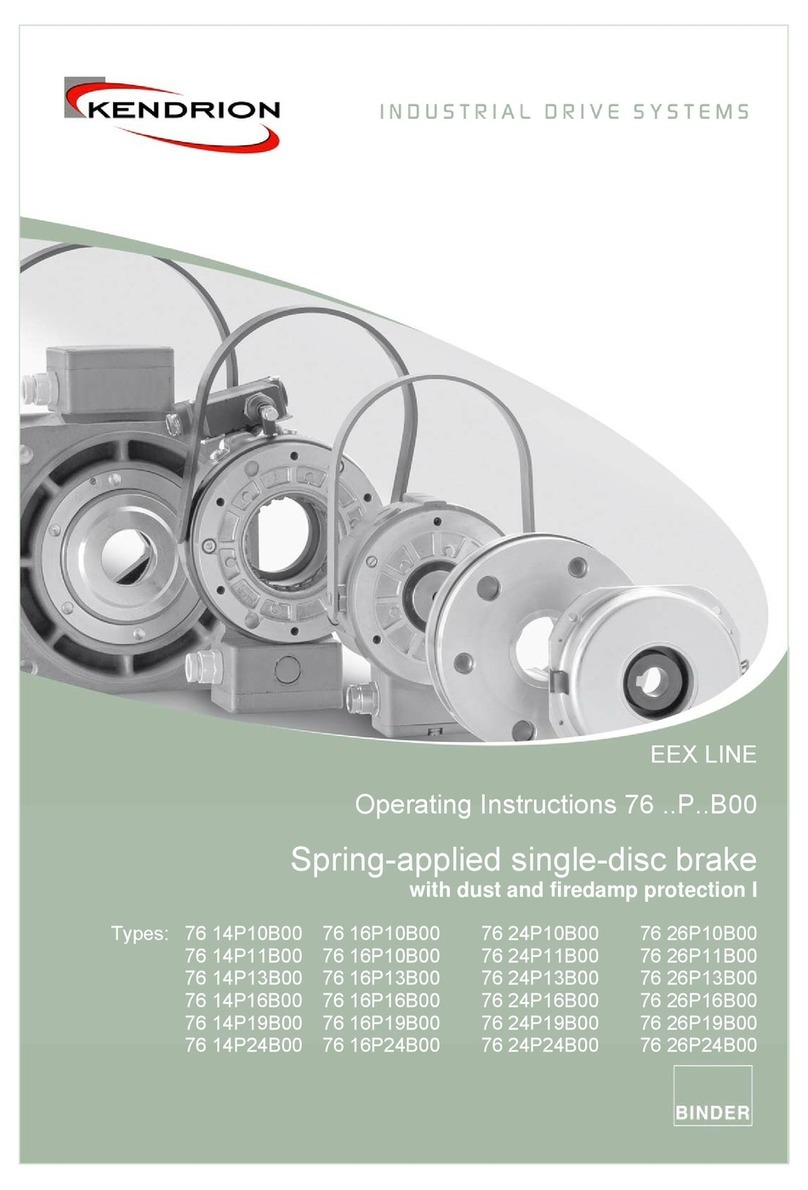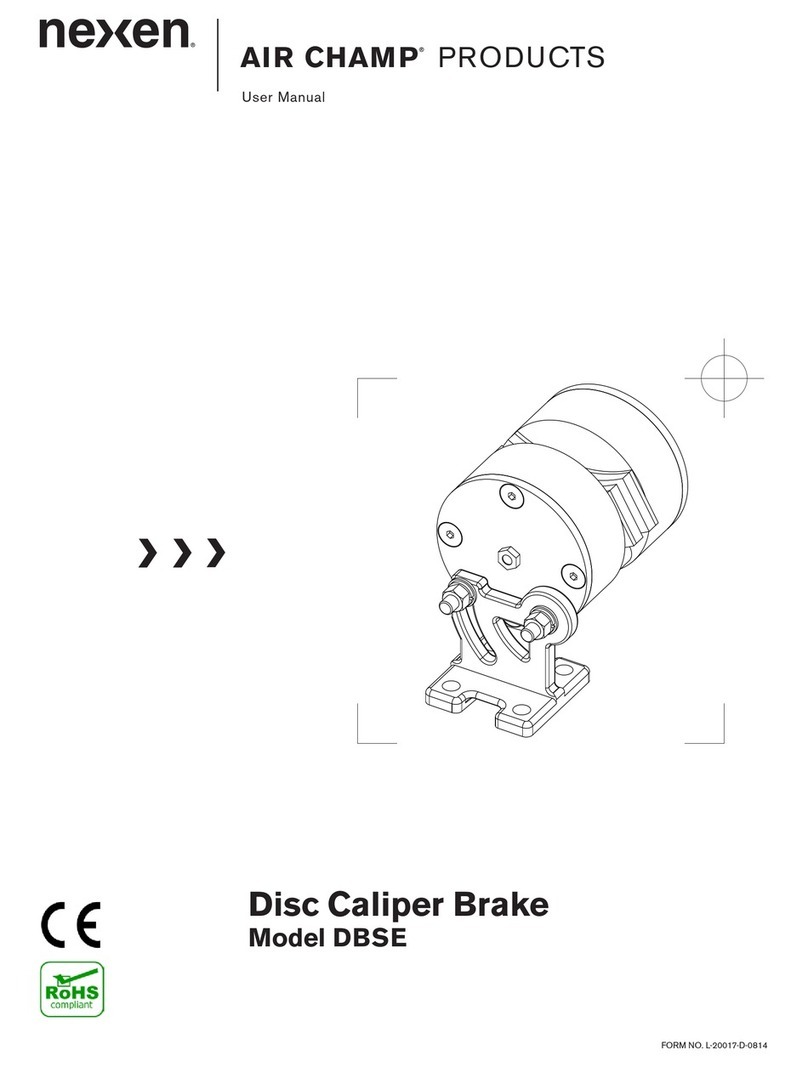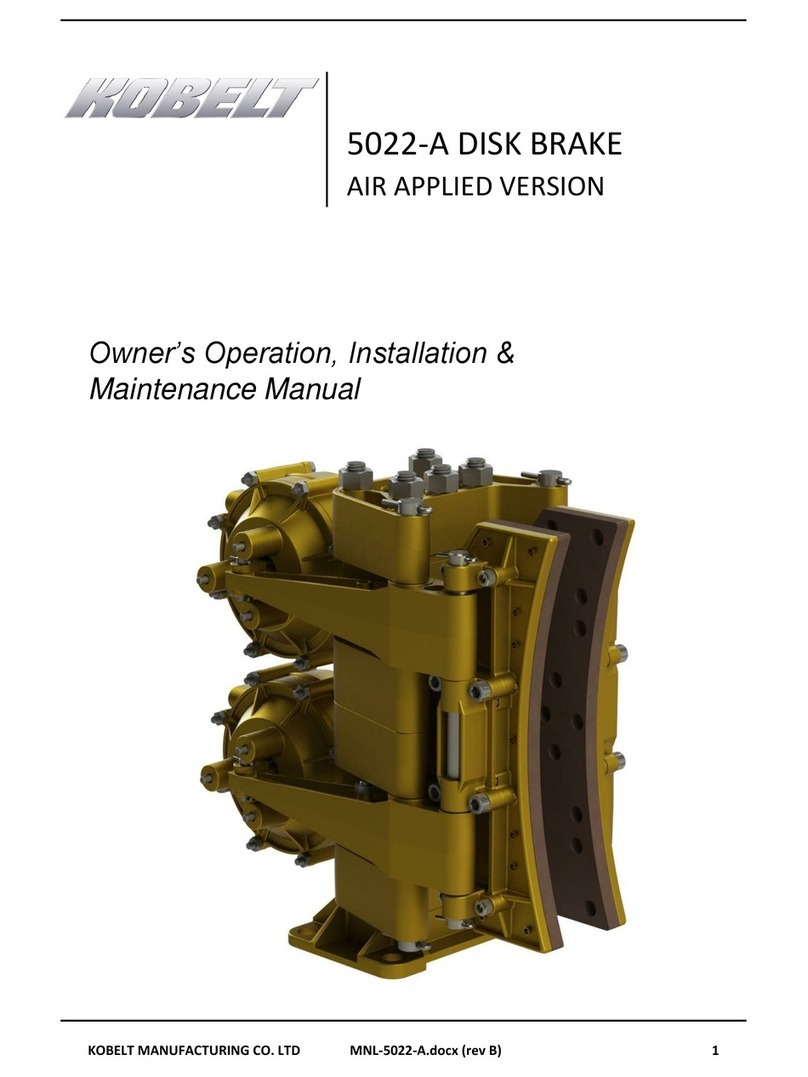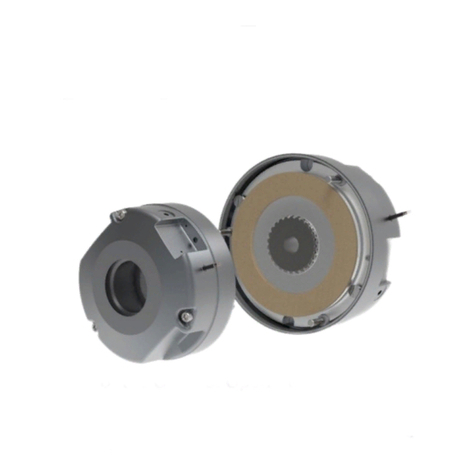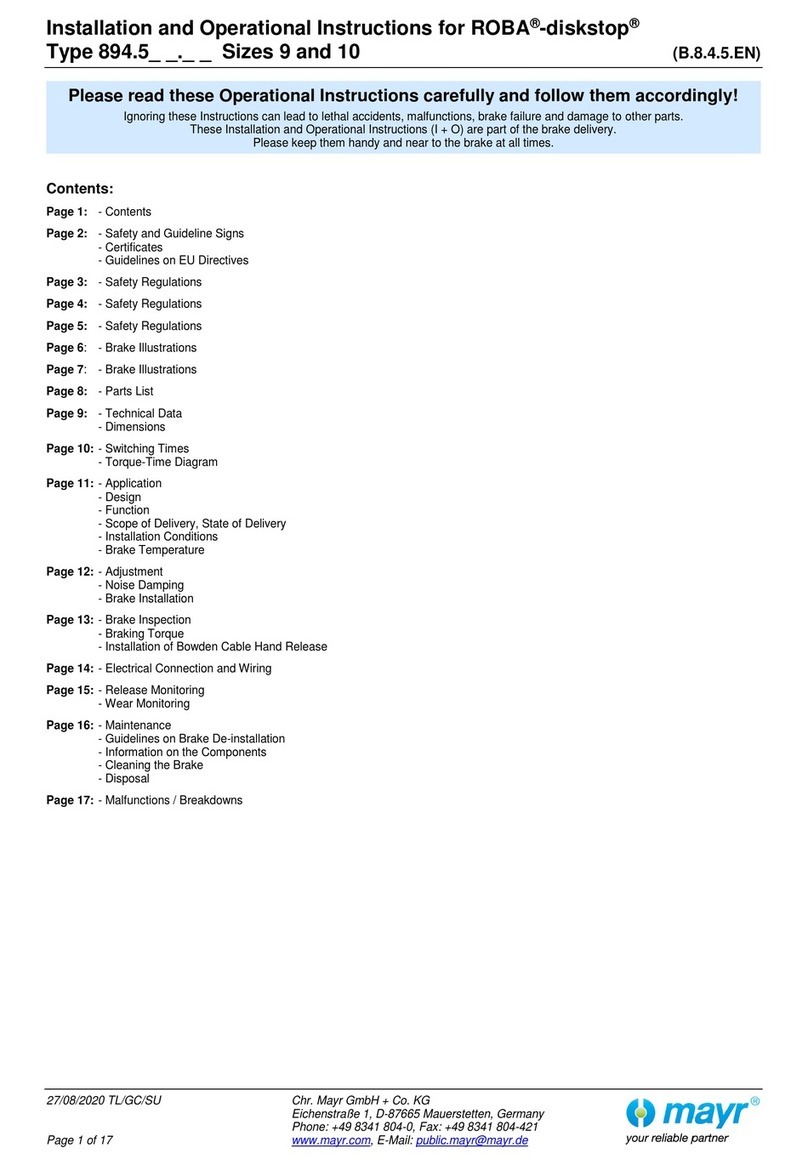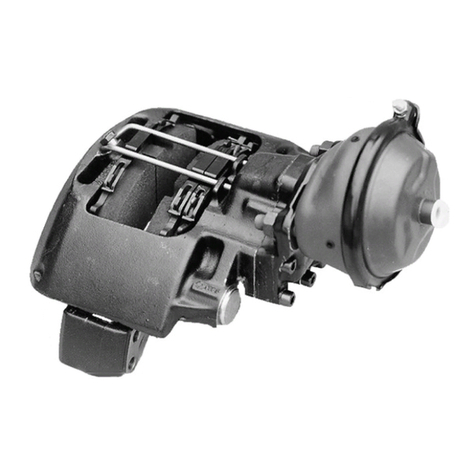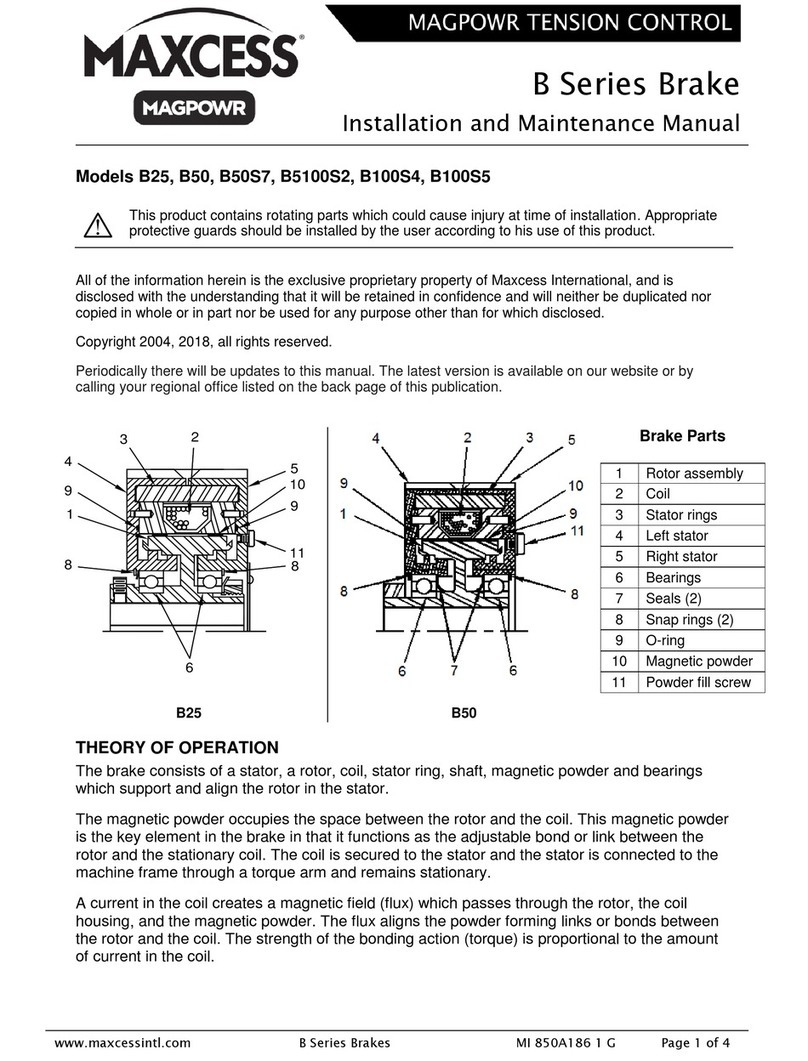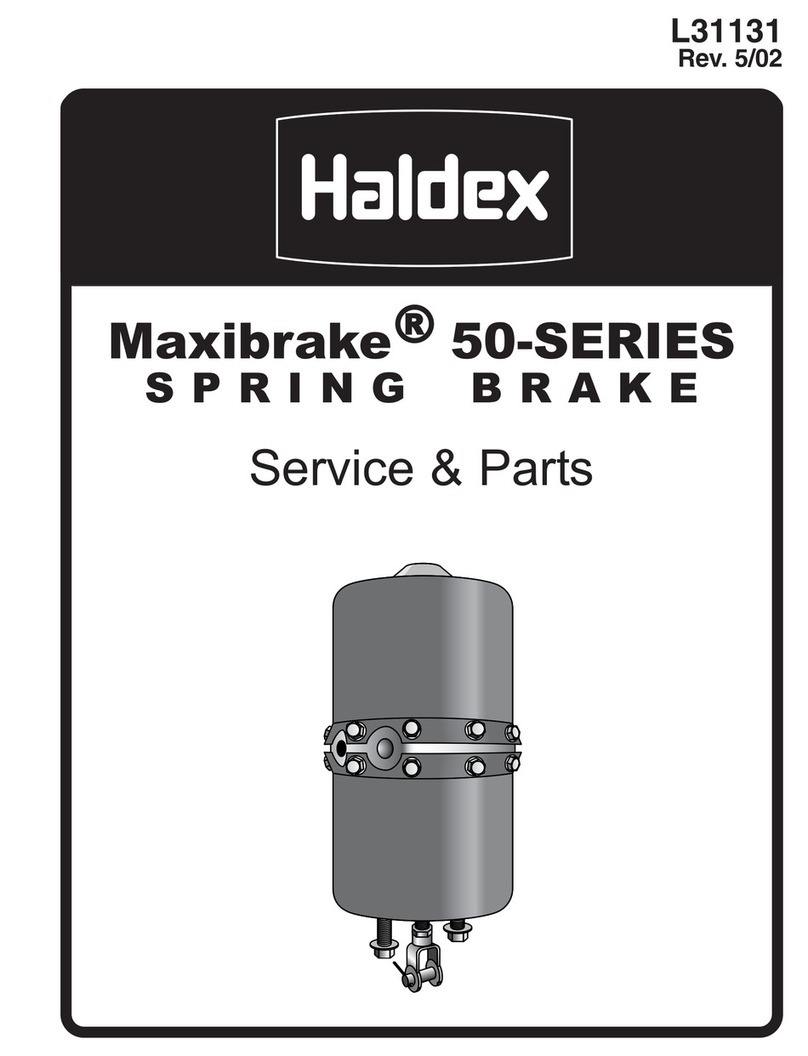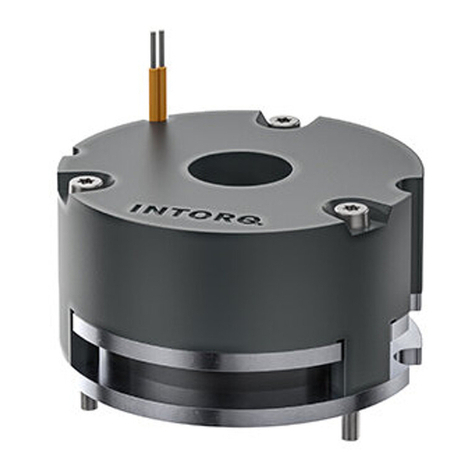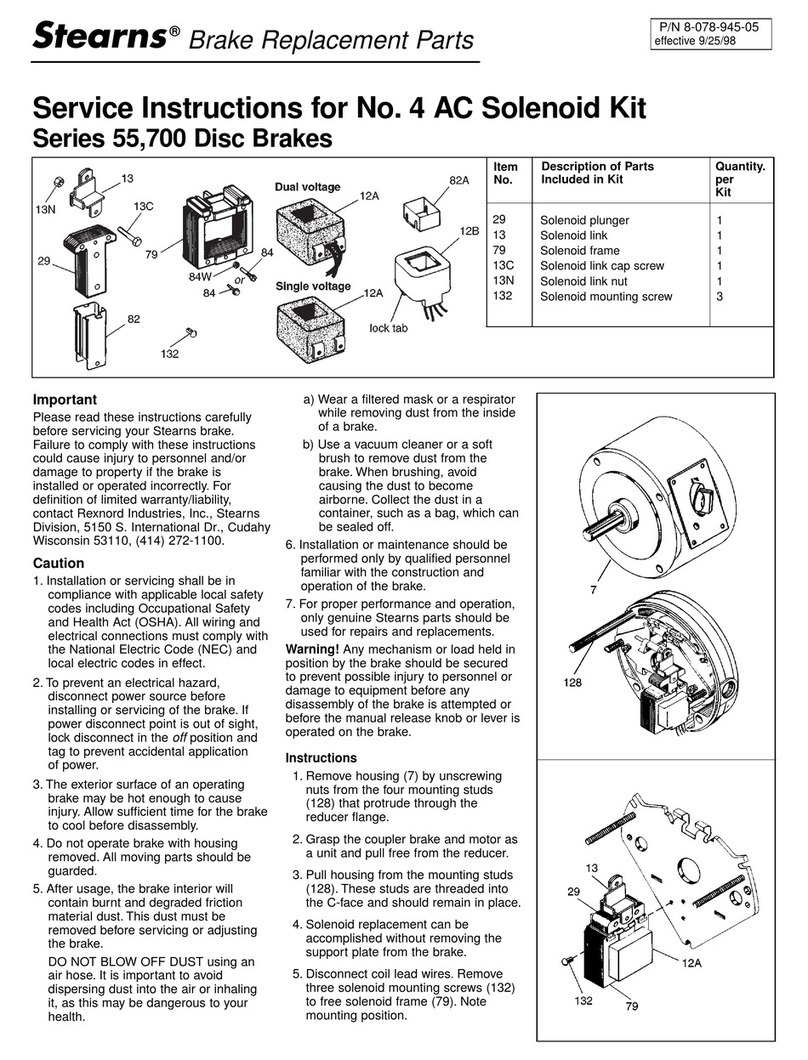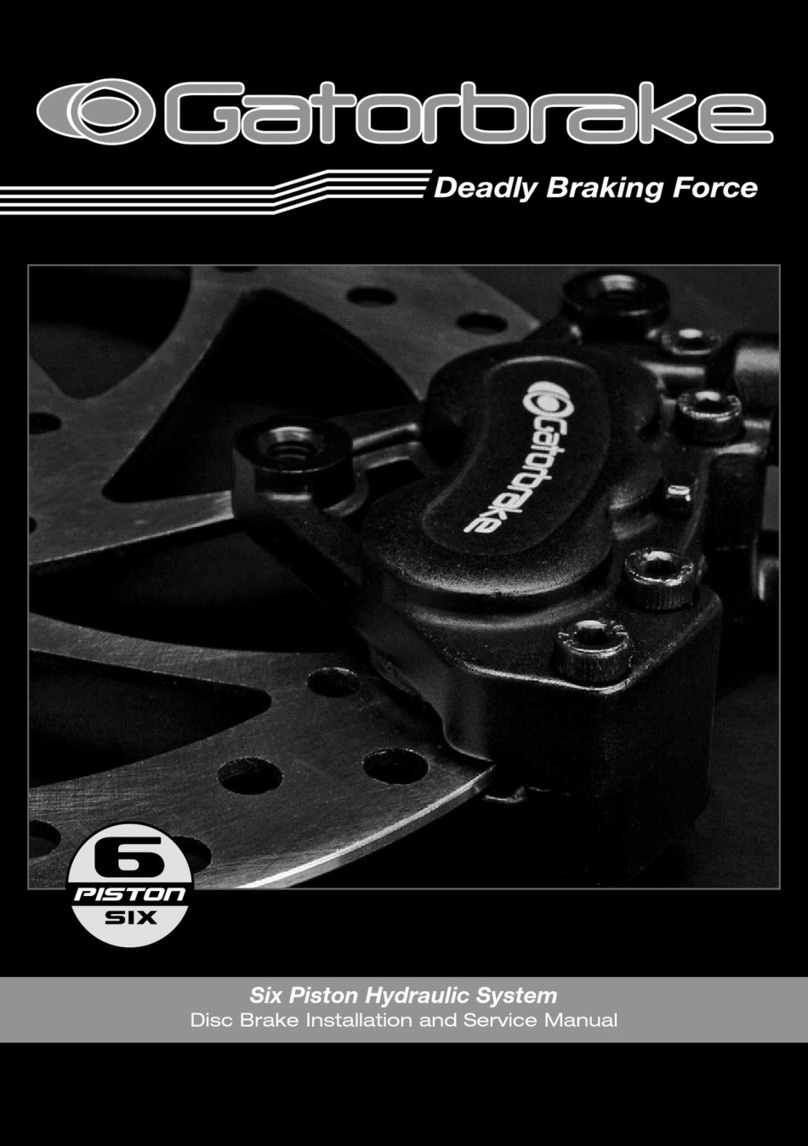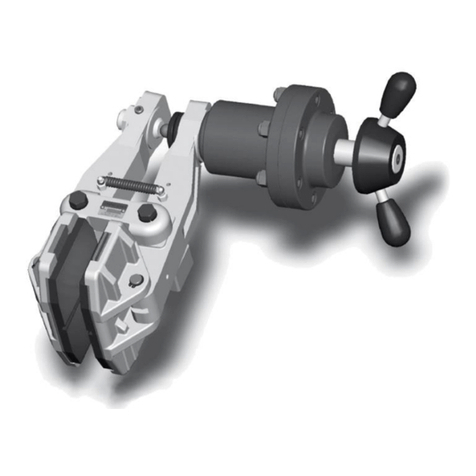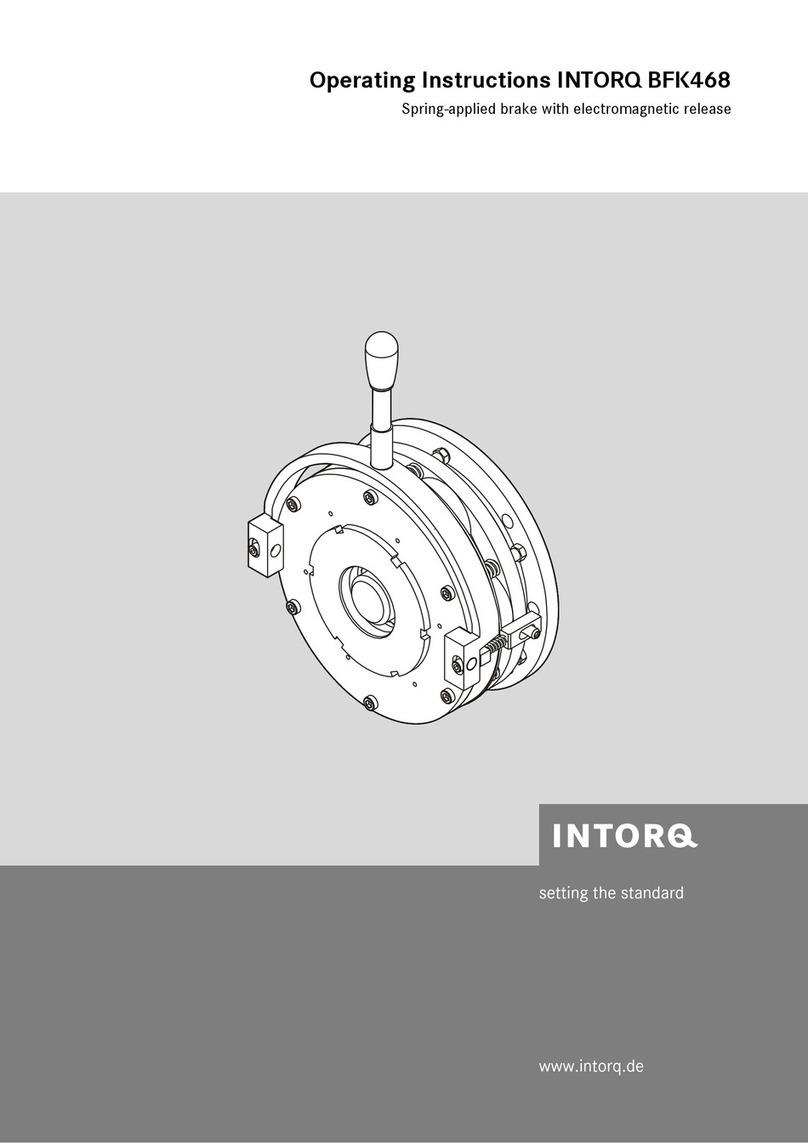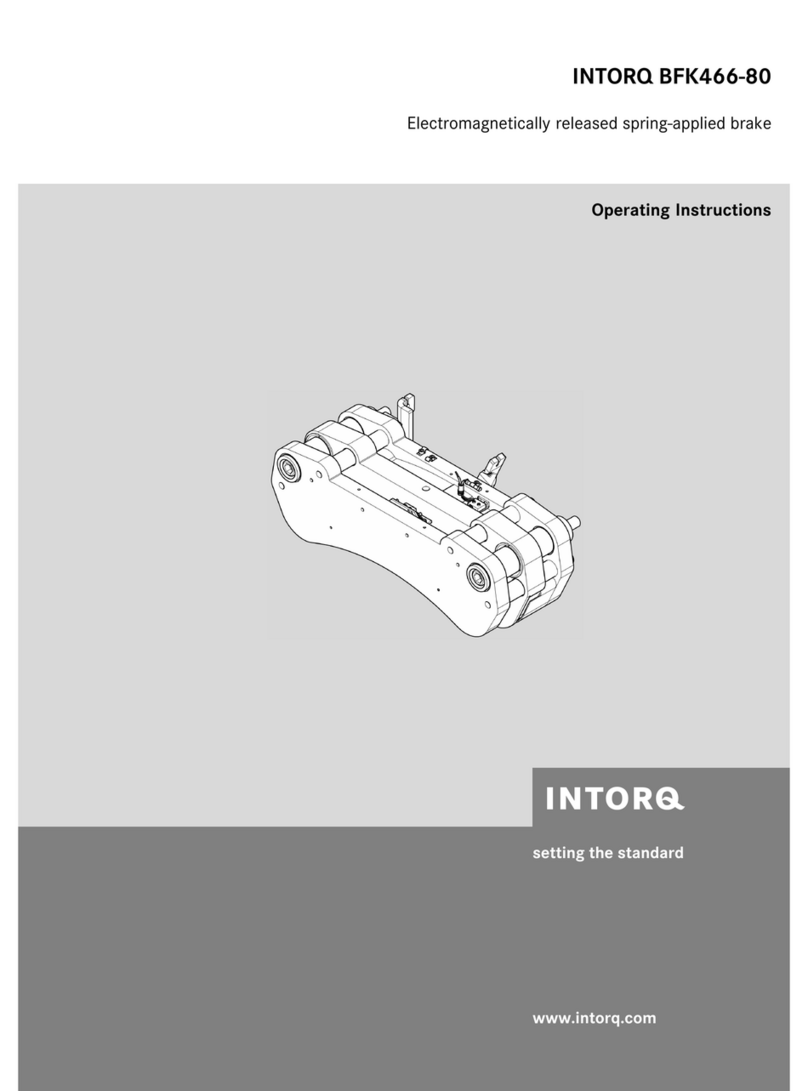
Contents
1 General information....................................................................................................................................................7
1.1 Using these Operating Instructions.......................................................................................................................7
1.2 Conventions in use ...............................................................................................................................................7
1.3 Safety instructions and notices.............................................................................................................................7
1.4 Terminology used .................................................................................................................................................8
1.5 Abbreviations used ...............................................................................................................................................9
2 Safety instructions ...................................................................................................................................................11
2.1 General safety instructions .................................................................................................................................11
2.2 Disposal..............................................................................................................................................................11
3 Product description..................................................................................................................................................12
3.1 Proper and intended usage ................................................................................................................................12
3.1.1 Standard applications.............................................................................................................................12
3.2 Layout.................................................................................................................................................................12
3.2.1 Sizes 06 to 12.........................................................................................................................................12
3.3 Function..............................................................................................................................................................13
3.4 Braking and release............................................................................................................................................13
3.5 Project planning notes ........................................................................................................................................13
3.6 Optional configuration.........................................................................................................................................14
3.6.1 Hand-release (optional)..........................................................................................................................14
3.6.2 Optional flange .......................................................................................................................................14
3.6.3 Optional friction plate..............................................................................................................................14
3.6.4 Optional cover ring .................................................................................................................................14
4 Technical specifications ..........................................................................................................................................15
4.1 Possible applications of the Kendrion INTORQ spring-applied brake ................................................................15
4.2 Characteristics....................................................................................................................................................15
4.3 Switching times...................................................................................................................................................18
4.4 Electromagnetic compatibility .............................................................................................................................19
4.5 Emissions ...........................................................................................................................................................20
4.6 Labels on product ...............................................................................................................................................20
Kendrion INTORQ | BA 14.0223 | 04/2022 4

